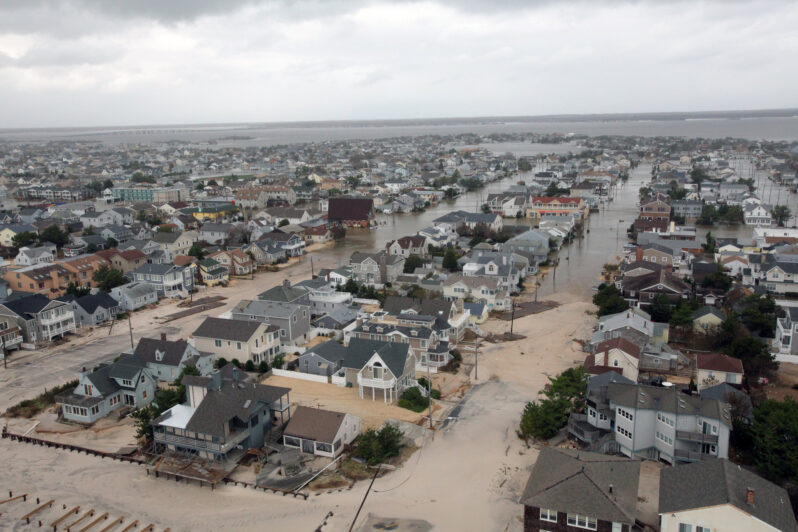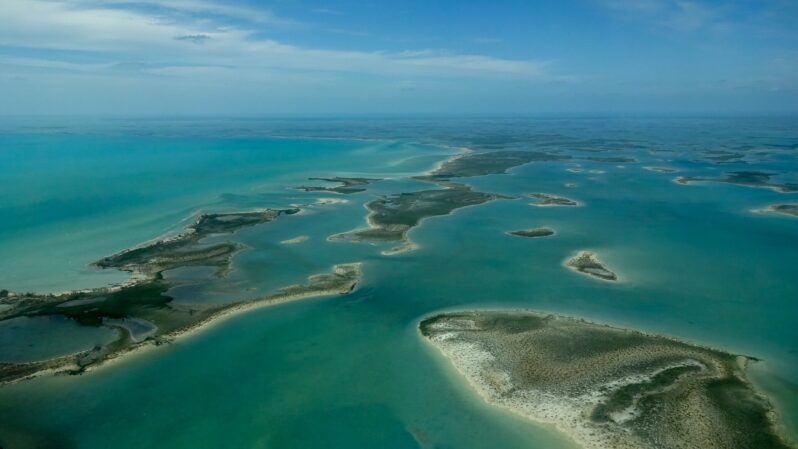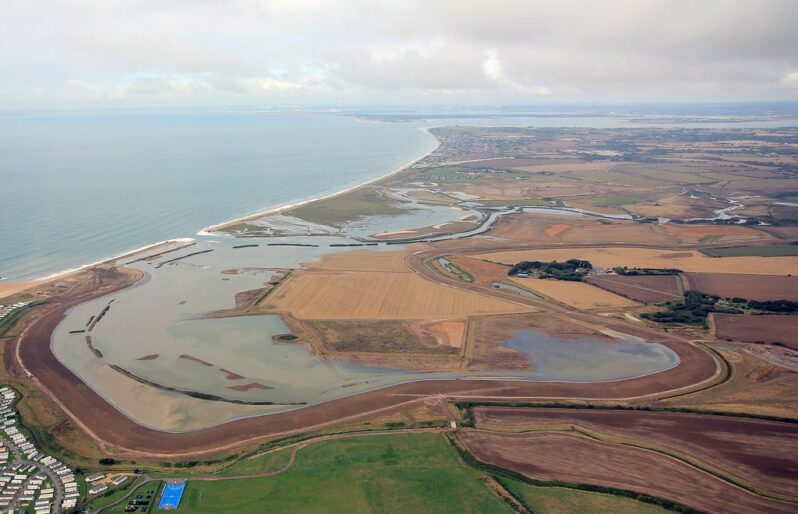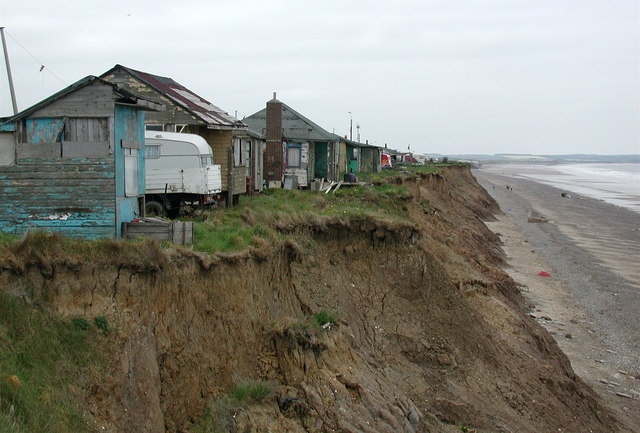‘Get off my sand?’: Coastal homeowners sue over shoreline law, but state is prepared to fight – the Providence Journal

Coastal property owners have filed a federal lawsuit to overturn Rhode Island’s new shoreline-access law. The suit claims that the new legislation, which allows the public to use the shoreline up to 10 feet inland of the seaweed line, amounts to an unconstitutional taking under the Fifth Amendment. It comes as little surprise: Opponents of the new law, some whom are involved with the suit, had made clear that they intended to challenge it in court…
St. Johns County receives $59 million for coastal protection, ‘managed retreat’ – First Coast News

Other funded projects include a railroad overpass in Nocatee and erosion control in North Ponte Vedra Beach.
With Gov. Ron DeSantis putting pen to paper in signing the state’s budget for the fiscal year Thursday, St. Johns County received $59 million — the largest amount of state appropriations the county has ever received and far more than the $12.4 million it got last year…
Coastal Flooding Will Be More Extensive Sooner than Scientists Thought – Hakai Magazine

Updated, more accurate data gives a new look at the effects of sea level rise.
Around the world, communities are bracing for sea level rise: the Netherlands is stabilizing its dikes, Senegal is relocating neighborhoods, Indonesia is moving its entire capital city. These projects are hefty, expensive, and slow…
Every Coastal Home Is Now a Stick of Dynamite – the Atlantic

Wealthy homeowners will escape flooding. The middle class can’t.
The Langfords got out of Houston just in time. Only two months after Sara and her husband, Phillip, moved to Norfolk, Virginia, in June 2017, Hurricane Harvey struck, destroying their previous house and rendering Sara’s family homeless…
In the Bahamas, a Constant Race to Adapt to Climate Change – the New York Times

Rising seas and the ongoing threat of hurricanes and storm surges have forced the Caribbean nation to become a laboratory for climate adaptation.
At the United Nations climate summit in Egypt last year, Prime Minister Philip Davis of the Bahamas emerged as one of the most impassioned speakers among the more than 100 heads of state in attendance.
“We have to believe that a safer, better future is possible,” he told the gathering. “We believe that action — real, concerted action — can save the planet and save our human race…”
Letting the Sea Have Its Way – Hakai Magazine

On May 10, a four-bedroom house perched on the beach of a North Carolina barrier island in the town of Rodanthe collapsed into the ocean. It was not the victim of a violent hurricane strike or storm surge. Rather, a low-pressure system coupled with a high tide drew ocean waves onto the shoreline, leaving heaps of sand on the prophetically named Ocean Drive. Then—in that viral video moment—the water gently pulled the house loose and set it to bob upon the sea. It was not the first house—this year! that day!—nor will it be the last.This is reality in the 21st century…
If Your House Were Falling Off a Cliff, Would You Leave? – the New York Times

On a stormy day in the spring of 2021, the sea defenses on the beach below Lucy Ansbro’s cliff-top home in Thorpeness, England, washed away. Then, the end of her garden collapsed into the North Sea…“We lost three and a half meters of land,” said Ms. Ansbro, a 54-year-old television producer, sitting in her kitchen on a recent morning. “Every time I went out, I didn’t know if the house would still be here when I came back…”
Buying out threatened oceanfront homes is not a crazy idea – Coastal Review

The oceanfront shoreline of Rodanthe has one of the highest erosion rates on the U.S. East Coast (recently upwards of 20 feet per year). Many homes that were initially constructed well back from the beach are now at risk of constant flooding and imminent collapse. A typical response to this erosion in Dare County (and most coastal communities) would be the implementation of a beach nourishment project. It is unclear whether this is practical for Rodanthe, as the geologic setting is problematic…
French Government Will Destroy Houses of Storm Survivors – the Epoch Times

The French government has decided to stay firm on its decision to destroy more than 1,500 houses in areas of “extreme danger” along the Atlantic coast. The decision follows the deaths of 53 people from storm “Xynthia,” the violent winter storm that battered Europe’s west coast on Feb. 28. Hope had risen among residents that they could save their homes following a statement made by Interior Minister Brice Hortefeux…”There could be individual, precise, and discrete situations that could need a deepened analysis…”
